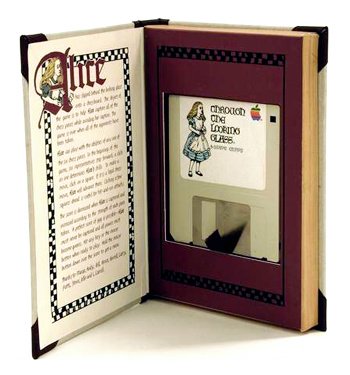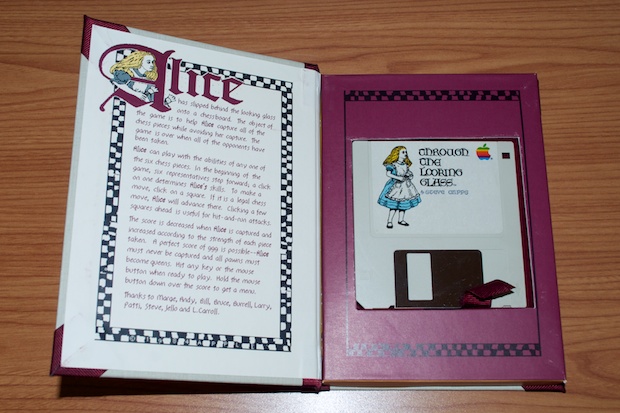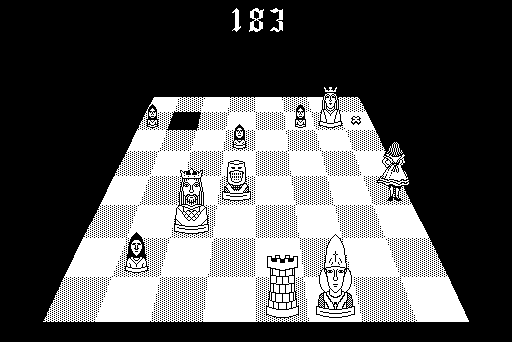Bruce Daniels was not only the manager of the team responsible for the software for the Lisa computer. He also intensively supported the Mac project, was the author of the text editor with which "Team Mac" wrote their code on Lisa, and even temporarily worked as a programmer in this team. Even after he left the team, Lisa occasionally came to visit his colleagues. One day he brought them some really interesting news.
It was a brand new game written by Steve Capps. The program was called Alice, and Daniels immediately launched it on one of the Lisa computers present. The screen first went black, and after a few seconds a three-dimensional chessboard with traditionally spaced white pieces appeared on it. One of the figures suddenly began to bounce in the air, tracing slow arcs and growing larger as it approached. Within moments, all the pieces on the chessboard were gradually aligned and waiting for the player to start the game. The program was called Alice after the well-known girl character from Lewis Carroll's books, who appeared on the screen with her back to the player, who had to control Alice's movements on the chessboard.
At the top of the screen, the score appeared in a large, ornate, Gothic-style font. The whole game, according to Andy Hertzfeld's recollections, was fast, fast, fun and fresh. At Apple, they quickly agreed on the need to get "Alice" on the Mac as soon as possible. The team agreed to send one of the Mac prototypes to Steve Capps after Daniels. Herztfeld escorted Daniels back to the building where the Lisa team was based, where he met Capps in person. The latter assured him that it would not take long to adapt "Alice" to the Mac.
Two days later, Capps did arrive with a diskette containing the Mac version of the game. Hertzfeld recalls that Alice ran even better on the Mac than Lisa did because the Mac's faster processor allowed for smoother animations. It wasn't long before everyone on the team spent hours playing the game. In this context, Hertzfeld particularly remembers Joanna Hoffman, who enjoyed visiting the software section at the end of the day and started playing Alice.
Steve Jobs was very impressed by Alice, but he himself did not play her very often. But when he realized how much programming skill lay behind the game, he immediately ordered Capps transferred to the Mac team. However, this was only possible in January 1983 due to the work that was going on at Lisa.
Capps became a key member of the Mac team almost immediately. With his help, the working group managed to complete the Toolbox and Finder tools, but they did not forget about the Alice game, which they enriched with new functions. One of them, for example, was a hidden menu called Cheshire Cat ("Cat Grlíba"), which allowed users to adjust some settings.
In the fall of 1983, Capps began thinking about a way to market "Alice." One option was publishing through Electronic Arts, but Steve Jobs insisted that Apple publish the game itself. The game was finally released - albeit under the title "Through The Looking Glass", again referring to Carroll's work - in a really nice package that resembled an ancient book. Its cover even hid the logo of Cappe's favorite punk band, the Dead Kennedys. In addition to the game, users also got a new font or maze creation program.
However, Apple didn't want to promote the game for the Mac at the time, so Alice ended up not getting nearly the wide audience it deserved.

Source: Folklore.org



